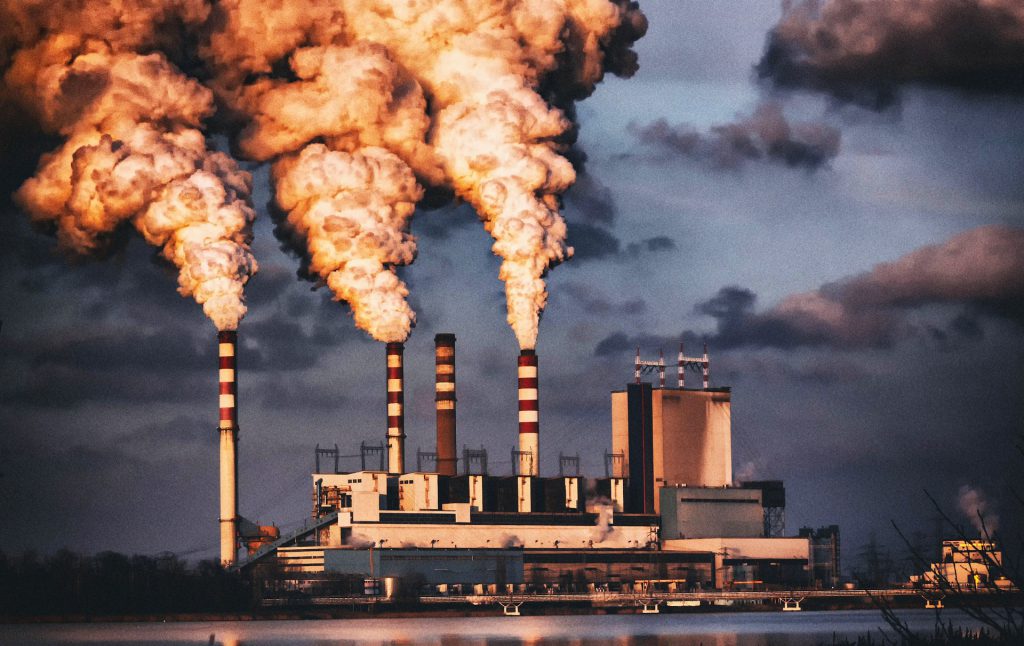
July 25, 2019, by Jo Gregory
Successful Biorefining: Focus on the ‘brass’ first, then the ‘muck’
By Dr Simon Gerrard, Business Partnerships Manager for the Green Chemicals Beacon, Industrial Biotechnology and Sustainable Chemistry.
The bioeconomy is coming. Fast. Radically reducing our reliance on fossil-based resources is vital to avoid the worst consequences of climate change. Likewise, protecting our valuable resources in the face of increasing populations and their demands for material-based lifestyles requires a major rethinking of our everyday relationship with food, energy and materials. No longer can we afford to throw away our wastes for the next generation to deal with; indeed, wastes are now becoming the essential feedstocks for future growth and prosperity.
Responding to these pressures, the EU and the UK have both recently published bioeconomy strategies explaining the need for a more circular economy based on biological resources that can be replenished sustainably. Central to these strategies is the need to better understand and capitalize on the real value of what our existing linear system calls ‘wastes’.
Creating a truly circular economy goes beyond ‘reduce, reuse, recycle’. It requires a fundamental rethinking of existing processes, systems and models to create new business opportunities, new technologies, new management tools, and ultimately innovative chemicals, materials and products. Switching to a circular system helps to redefine ‘wastes’ as ‘resources’. It also removes the traditional start and end points so obvious in a linear system. New biorefining technologies are part of the transition to a circular resource management approach based on the careful stewardship of materials rather than rampant linear consumerism from product to waste.

Where to start?
Whilst the general steps in biorefining are quite well understood, deciding which combinations to use depends on a couple of important points. First, what is the desired end-product? It might seem counterintuitive to start with the end-product and not the feedstock, but the choice of biorefining technologies is heavily dependent on the desired end-product. For example, identifying the optimum microorganisms to produce the right quality and quantity of product is essential. Similarly, choosing the right separation and purifying steps to enable scale up to appropriate quantities of material is equally important. Each processing step adds cost so choices really matter.
Second, the combination of feedstocks, technologies and end-products must be economically viable, environmentally benign and socially just. It is vital to assess the overall performance of the process. History is littered with great technological inventions that just didn’t add up economically. Others made economic sense but were later found to have created significant environmental and/or social problems.
Techno-economics, lifecycle analysis and social impact assessment tools are available, but many are in their infancy and few, if any, are integrated to provide a comprehensive analysis. This is one of the challenges that the Green Chemicals Beacon is currently tackling by designing and integrating new easy to use tools that enable investors, financial controllers and project managers to keep a close eye on economic, environmental and social impacts of their decisions throughout the development process and on into operation. Using these new biorefining technologies combined with the right management tools, traditional processing companies can develop biorefining business units to help maximise profitability, increase resilience to climate change, enhance shareholder value and public reputation.

Transition to a circular economy will adjust the flows of materials around the loop, sometimes radically. The majority of adjustments will be clearly beneficial, but it is vital that we remain alert to avoid any unintended consequences. For example, some existing ‘wastes’ are valuable as soil conditioners helping to sustain agricultural systems and replace the need for energy hungry fossil-based fertilisers. Diverting wastes away from soil conditioning would be disadvantageous. Opportunities may emerge to create the next generation of soil conditioners using bio-based materials with properties not available through traditional routes. For example, food packaging can be designed to be compostable and thus be disposed of with food wastes to industrial composting systems. This would work well for packaging that is heavily contaminated with food or for convenience where it is simpler in a domestic setting to put food and its packaging into the same bin. This is becoming achievable now. How long though before we see a form of food packaging that is actively beneficial to soil rather than being simply benign?

Scale of operation
To achieve the necessary economies of scale, traditional chemical plants are very large requiring eye-watering levels of investment. In contrast, bio-refineries are ideal for modular development so can get up a running without the need for such a significant upfront investment. They are ideal for distributed deployment around feedstock availability and can be expanded or contracted relatively easily to match the feedstock availability. In time some may become truly mobile. Reducing feedstock transport is an important part of maintaining a healthy life cycle impact. One potential disadvantage of a lower-scale, modular approach is the potential for fixed operating costs to escalate. Advances in automation and smart manufacturing have the potential to make significant inroads into operating costs. Intelligent processes that are digitally interconnected are the future for modular biorefineries.
Smaller-scale production is also being driven by our shift to a more personalised world. Just as with our coffee, the large scale production of single mass-market products is gradually being replaced by demands for smaller runs of bespoke chemicals. This plays neatly into the hands of biorefining.

New High value bio-based chemicals and products
Ultimately these new technologies will deliver the chemicals and products of our future. In the near term a focus will be on replacements for existing fossil-based chemicals. Known as ‘drop-ins’ these bio-based substitutes may be identical to existing chemicals, or as smart drop-ins, have useful additional characteristics such as improved performance, reduced environmental impact and better health and safety characteristics. Longer-term there is the prospect of creating brand new dedicated chemicals with innovative properties that can radically change the way we think of and use products. Technology roadmaps are being produced that are shaping thinking and action about which products are best suited for a switch to bio-based materials. The market is already being peppered with innovative new bio-based materials and products. Time will tell which of these get to scale. Meanwhile, the Green Chemicals Beacon is playing its part in this revolution by integrating the various technologies and tools to help secure a more sustainable future.
To find out more about the Green Chemicals Beacon and how our team of researchers are working to secure the low carbon economy of the future, please visit the website or follow us on Twitter @UoN_GCB
Featured image courtesy of Thomas Lambert on Unsplash, Image 1 courtesy of Pixabay, Image 2 by freestocks.org on Unsplash, Image 3 courtesy of Bob Blob on Unsplash, Image 4 courtesy of Stijn te Strake on Unsplash
No comments yet, fill out a comment to be the first

Leave a Reply